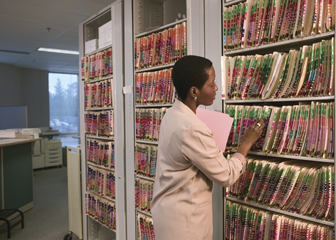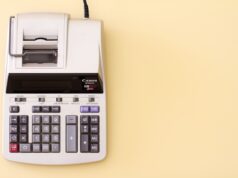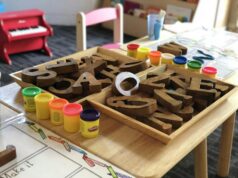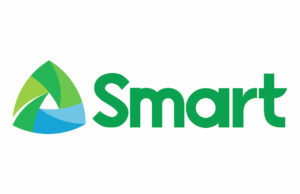Everyone has a medical record, which is maintained by people whose primary duty is to keep the medical records current. These people are medical records technicians, and they are in one of the fastest growing and one of the top ten careers in the health industry. Employment outlook for medical records technicians is expected increase by 18 percent through 2016, which is faster than average for all occupations (Bureau of Labor Statistics, Employment Outlook Handbook, 2008-2009).
The nature of work for medical records technicians includes maintaining patient records by entering doctor observations, medical or surgical interventions, and treatment outcomes. Medical records include information a patient provides concerning his or her symptoms and medical history, the results of examinations, reports of x-rays and laboratory tests, diagnoses, and treatment plans.
Medical records technicians organize and evaluate these records for completeness and accuracy. This is accomplished by assembling patients’ health information, making sure all patients’ initial medical charts are complete, all forms are completed and properly identified and authenticated, and all necessary information is in a computer database.
Education for Entering the Medical Records Technician Field
Education requirements for entry into the medical records technician career field include earning an associate degree from a community or junior college. Schools offering this program provide flexible class schedules in traditional on-campus courses and through distance education (distance learning or online learning).
Graduates from associate programs are expected to take and pass the Registered Health Information Technicians (RHIT) and American Health Information Management Association (AHIMA) certification examinations. To support passing these exams and program completion, anyone entering medical records technician programs need a foundation in biology, chemistry, algebra, health, and computer science courses.
Prospective students currently in high school need to complete these courses prior to graduation. Adults, who desire to enter a preparation program, must consider refresher courses if it has been sometime since completing these courses.
A Glimpse at Medical Records Technician Course Content
General course work includes medical terminology, anatomy and physiology, health standards, health records, medical coding, and computer courses. The following is an overview of information taught in courses:
Basic keyboard operations and operation of other standard office equipment.
Basic medical terminology, anatomy and physiology.
Techniques, system and methods for interpreting encoding medical records.
Government, hospital, and Joint Commission on the Accreditation of Healthcare Organizations (JCAHO) standards for medical records.
Healthcare insurance reimbursement programs.
Maintain records and compile statistics for research.
Interpret medical records to assign diagnostic codes and prepare medical record abstracts.
Evaluate the quality, completeness and accuracy of medical records.
Paying for Medical Records Technician Education
Students enrolling in medical records technician programs in colleges and trade schools are typically eligible for federal financial aid , along with additional sources of free money for education. The first step in applying for any of these programs is by completing a Free Application for Student Financial Aid (FASFA).
Continuing Education Requirements
Continuing education units are required to renew credentials for employment stability and advancement. This is accomplished by completing specialized certificate programs which include intensive one to two week training programs in coding. Additional continuing education within specific medical specialty area is available from the Board of Medical Specialty Coding and the Professional Association of Healthcare Coding Specialist (PAHCS).
Making Connections in the Medical Records Technician Career Field
Graduates from a certified medical records technician program can expect to work as health data analysts, insurance claims analysts, records technicians, patient information coordinators, and physician practice managers. The largest employer of medical records technicians are hospitals, employing about 40 percent of all medical record technicians.
Anyone desiring to enter this career field will find the employment outlook, career stability, and job growth in this health industry career strong. Tips for going back to school provides common answers adults have regarding planning for education programs.









![Otto Insurance Review [2024]: Does It Actually Offer Insurance? otto insurance](https://www.techpreview.org/wp-content/uploads/2024/04/otto-insurance-reviews-1-64d5cc741e012-238x178.webp)









